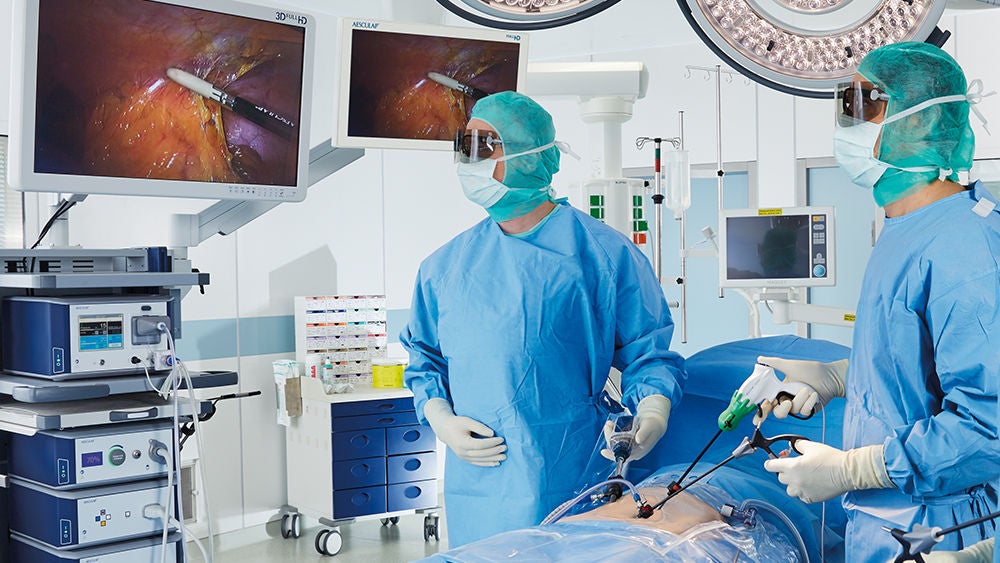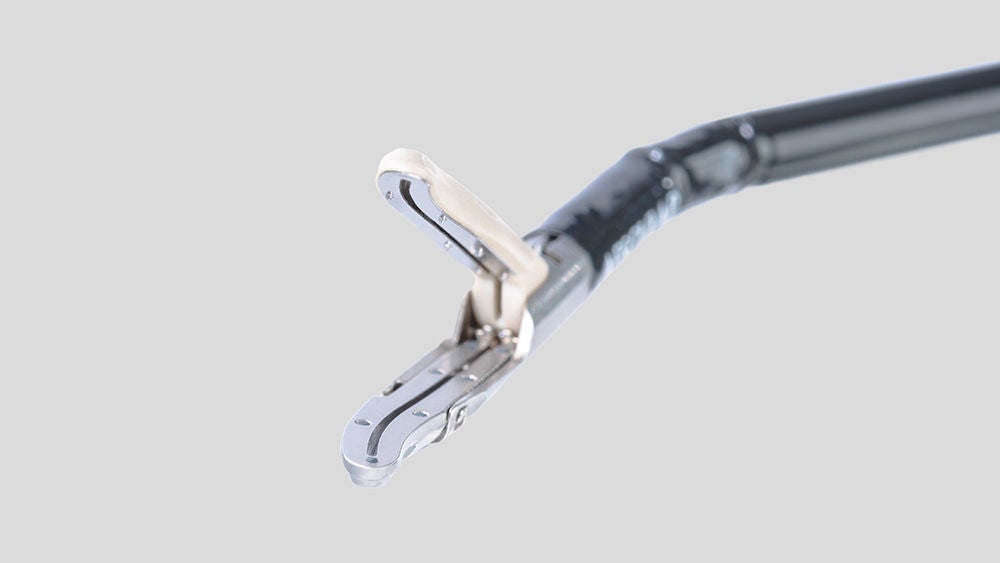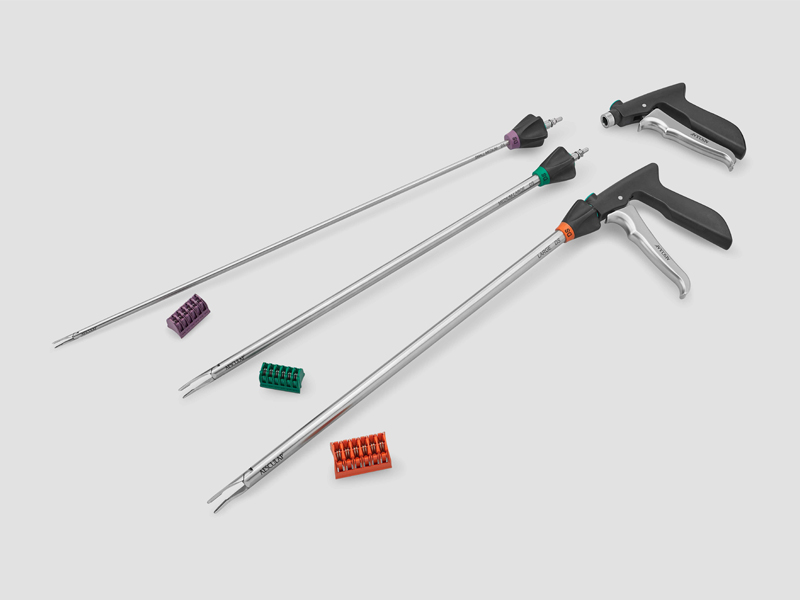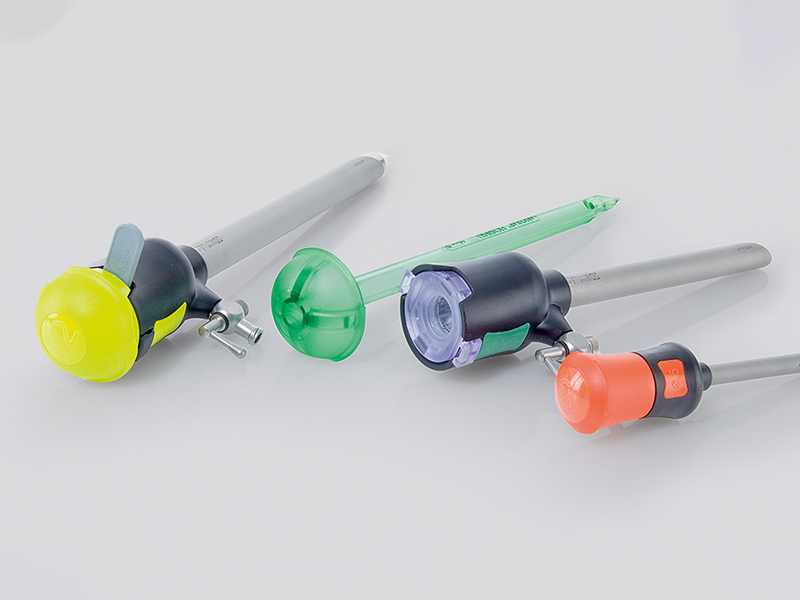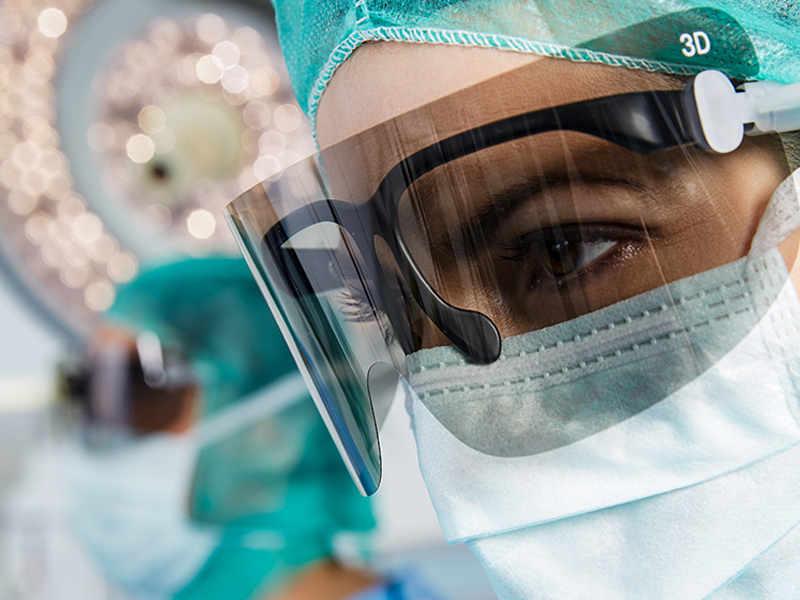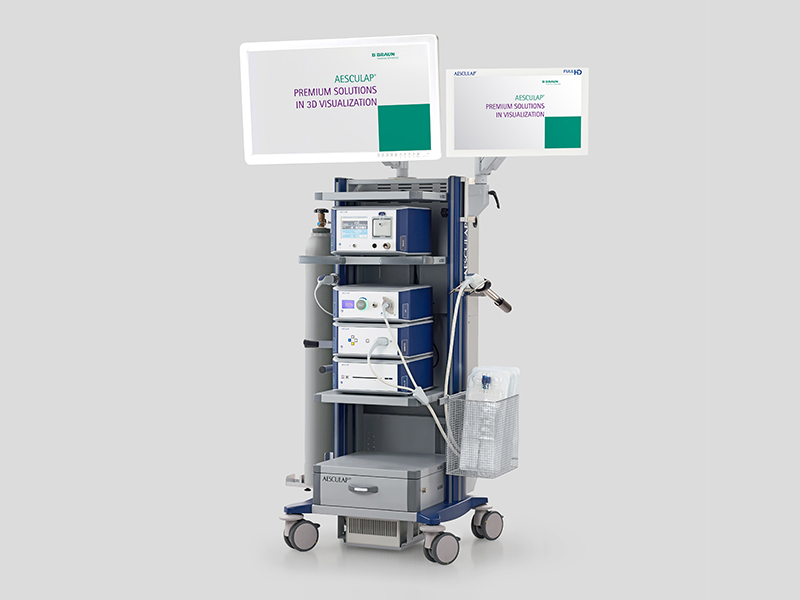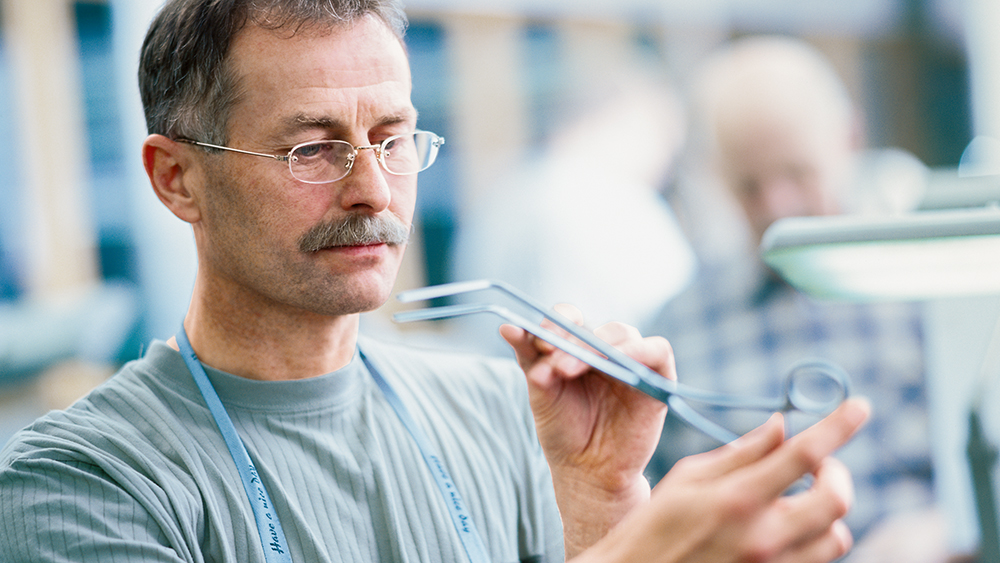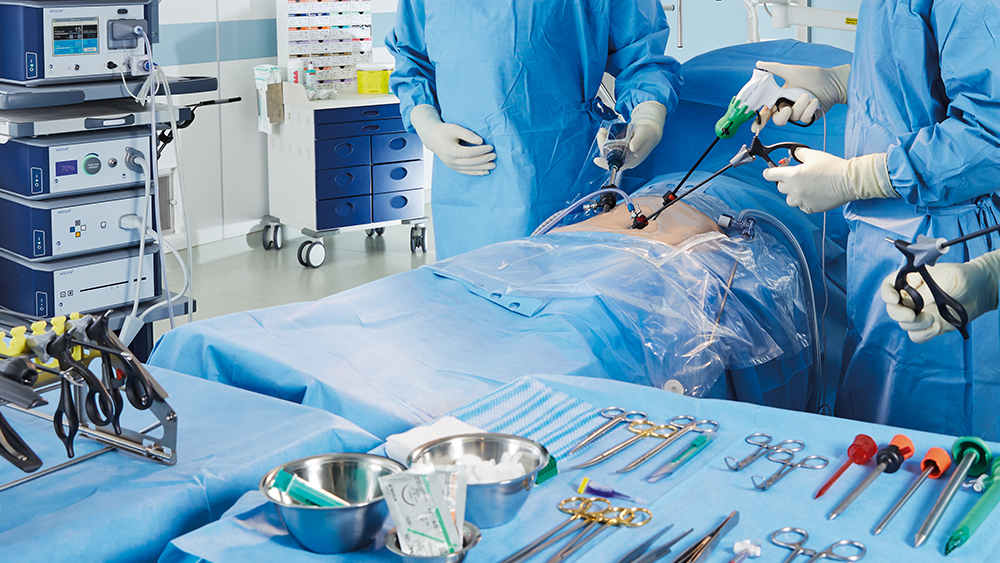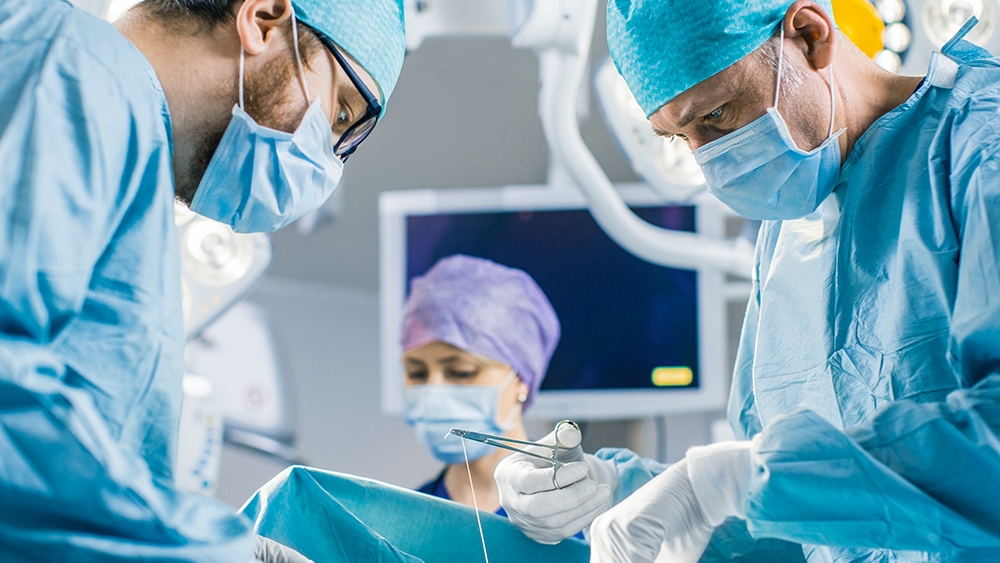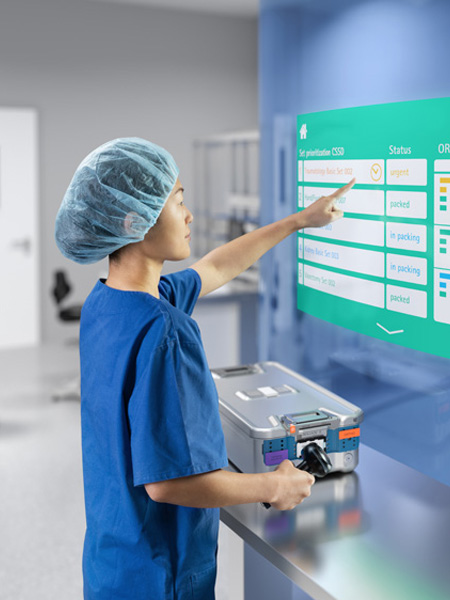You have successfully logged out.
Not registered yet?
Minimally Invasive Surgery
Minimally invasive surgery for a faster recovery
Every surgical procedure represents stress for the patient. That's why laparoscopy uses a minimally invasive surgical approach – because less invasive procedures usually mean shorter recovery times and less medication. [1] We want to help shape the future of laparoscopy. Motivated by our desire to explore new approaches in visualization, seal & cut solutions, instruments and new services.
3D fluorescence imaging in real-time
Laparoscopic procedures require a camera system with a consistently high image quality. EinsteinVision® offers such an exceptional 3D image quality in combination with fluorescence imaging (FI). The system convinces with an impressive depth of field, high image contrast and an outstanding anti-fog solution. EinsteinVision® 3.0 FI – See better. See beyond.
Learn moreWorking precisely and safe with quality products
Delicate and efficient – Caiman® seal and cut
Caiman® 5 features a unique finely curved jaw design, providing uniform compression, resulting in one seal confidence. [2] Distal tip articulation allows simplifying navigation in challenging anatomy [3] and enhanced tip visualization.
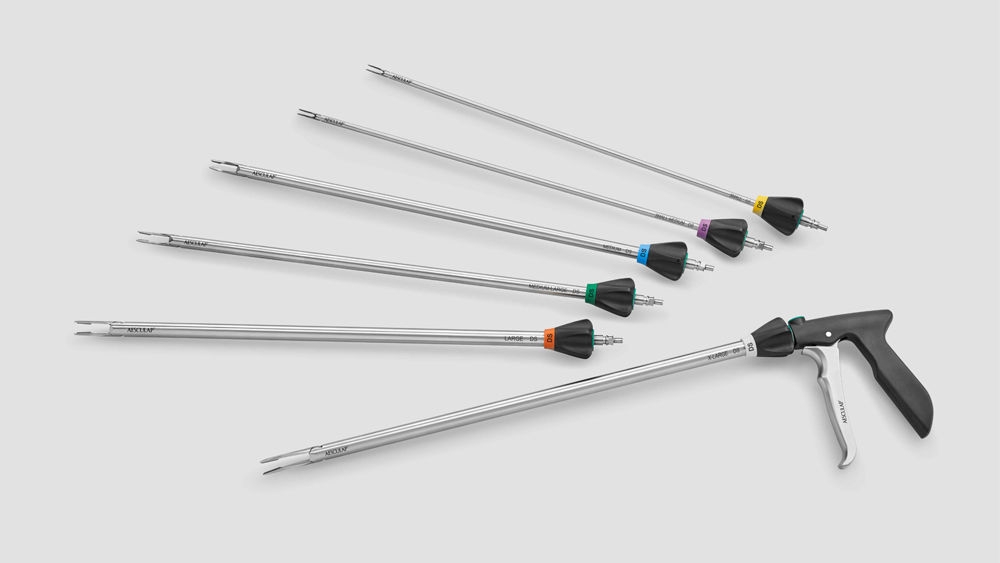
Surgical instruments – our DNA
AESCULAP® has been actively involved in the development of laparoscopic instruments to meet your requirements. This, in combination with our quality standards, leads to the various product lines and solutions of AdTec® instruments. Our latest development are the SQ.line® laparoscopic clip appliers.
High flow insufflator – Safety first
The formation of surgical smoke while using HF-instruments is a common problem in open and laparoscopic surgery. [4] Our AESCULAP® Flow 50 insufflator offers an active smoke evacuation system to adress this issue.
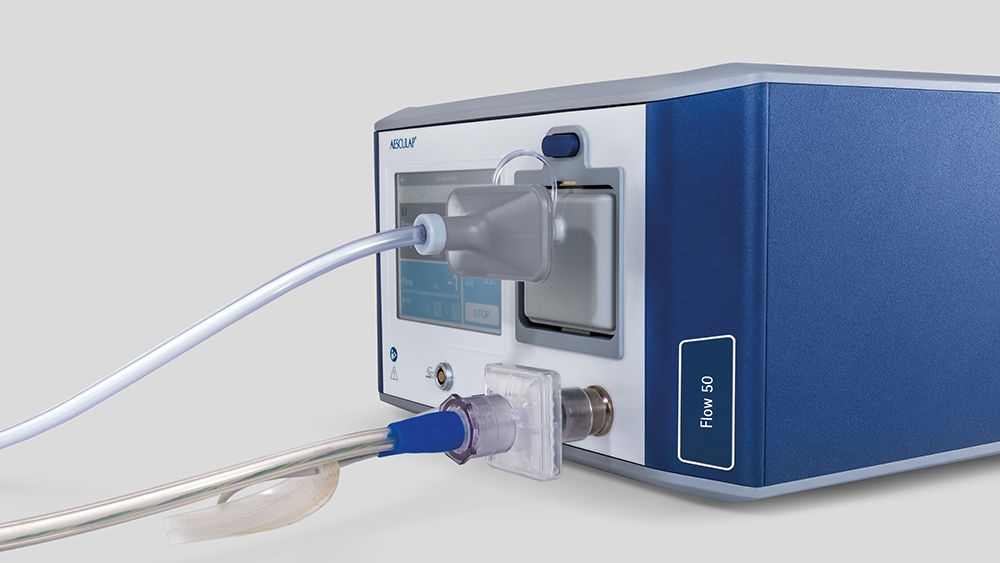
Our product portfolio at a glance
Know-how and trainings
Thank you very much for your request!
It will be forwarded to a responsible contact person who will get in touch with you as soon as possible.
Your request could not be submitted. Please try again.
warningReferences
- Cho HJ, Kim WR, Kim JW. A comparative study between open versus laparoscopic Hartmann reversal: A single-center experience and analysis. Medicine (Baltimore). 2021 Nov 24;100(47):e27976. DOI: 10.1097/MD.0000000000027976.
- Eick, S., Loudermilk, B., Walberg, E. et al. Rationale, bench testing and in vivo evaluation of a novel 5 mm laparoscopic vessel sealing device with homogeneous ressure distribution in long instrument jaws. Ann Surg Innov Res 7, 15 (2013). https://doi.org/10.1186/1750-1164-7-15
- Aaron C. Voegele, Donna L. Korvick, Mario Gutierrez et al. Perpendicular blood vessel seals are stronger than those made at an angle. Journal of Laparoendoscopic & Advanced Surgical Techniques. Aug 2013.669-672. https://doi.org/10.1089/lap.2013.0028
- Kameyama, H., Otani, T., Yamazaki, T. et al. Comparison of surgical smoke between open surgery and laparoscopic surgery for colorectal disease in the COVID-19 era. Surg Endosc 36, 1243–1250 (2022). https://doi.org/10.1007/s00464-021-08394-1
